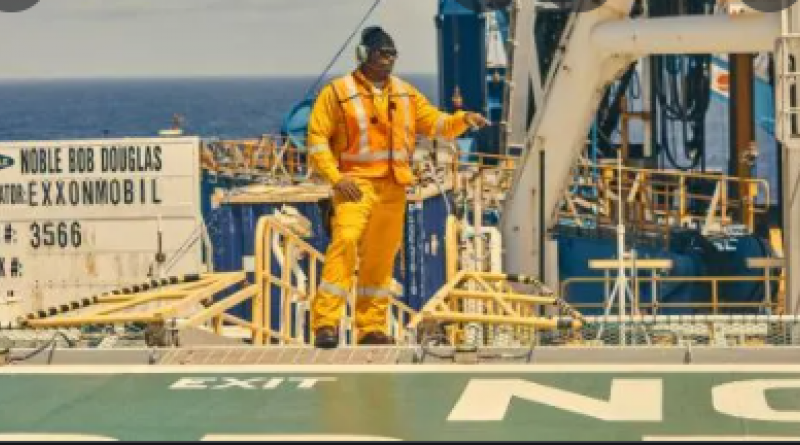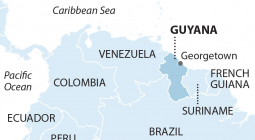Controversial ExxonMobil Guyana project faces potential safety disaster

ExxonMobil’s huge new Guyana project faces charges of a disregard for safety from experts who claim the company has failed to adequately prepare for possible disaster, the Guardian and Floodlight have found.
Exxon has been extracting oil from Liza 1, an ultra-deepwater drilling operation, since 2019 – part of an expansive project spanning more than 6m acres off the coast of Guyana that includes 17 additional prospects in the exploration and preparatory phases.
By 2025, the company expects to produce 800,000 barrels of oil a day, surpassing estimates for its entire oil and natural gas production in the south-western US Permian basin by 100,000 barrels that year. Guyana would then represent Exxon’s largest single source of fossil fuel production anywhere in the world.
But experts claim that Exxon in Guyana appears to be taking advantage of an unprepared government in one of the lowest-income nations in South America, allowing the company to skirt necessary oversight. Worse, they also believe the company’s safety plans are inadequate and dangerous.
Exxon told the Guardian that the “record pace” at which it is bringing projects online yields cost savings, which benefit Guyana. Critics say Exxon’s contract terms are lopsided. The government is receiving a below average return on Exxon’s projects, according to industry analysts at IHS Markit. Exxon receives more than 85% of the proceeds, the result of the government and public largely “absorbing Exxon’s costs”, according to the Institute for Energy Economics and Financial Analysis (IEEFA).
Exxon said that it will continue to “generate billions of dollars of revenue” for Guyana. Yet Guyana’s government has reported it has made just $309m from the projects since they began, while ExxonMobil and its partners had brought in roughly $1.8bn, said Tom Sanzillo, IEEFA director of financial analysis.
18 August 2021
IEEFA




